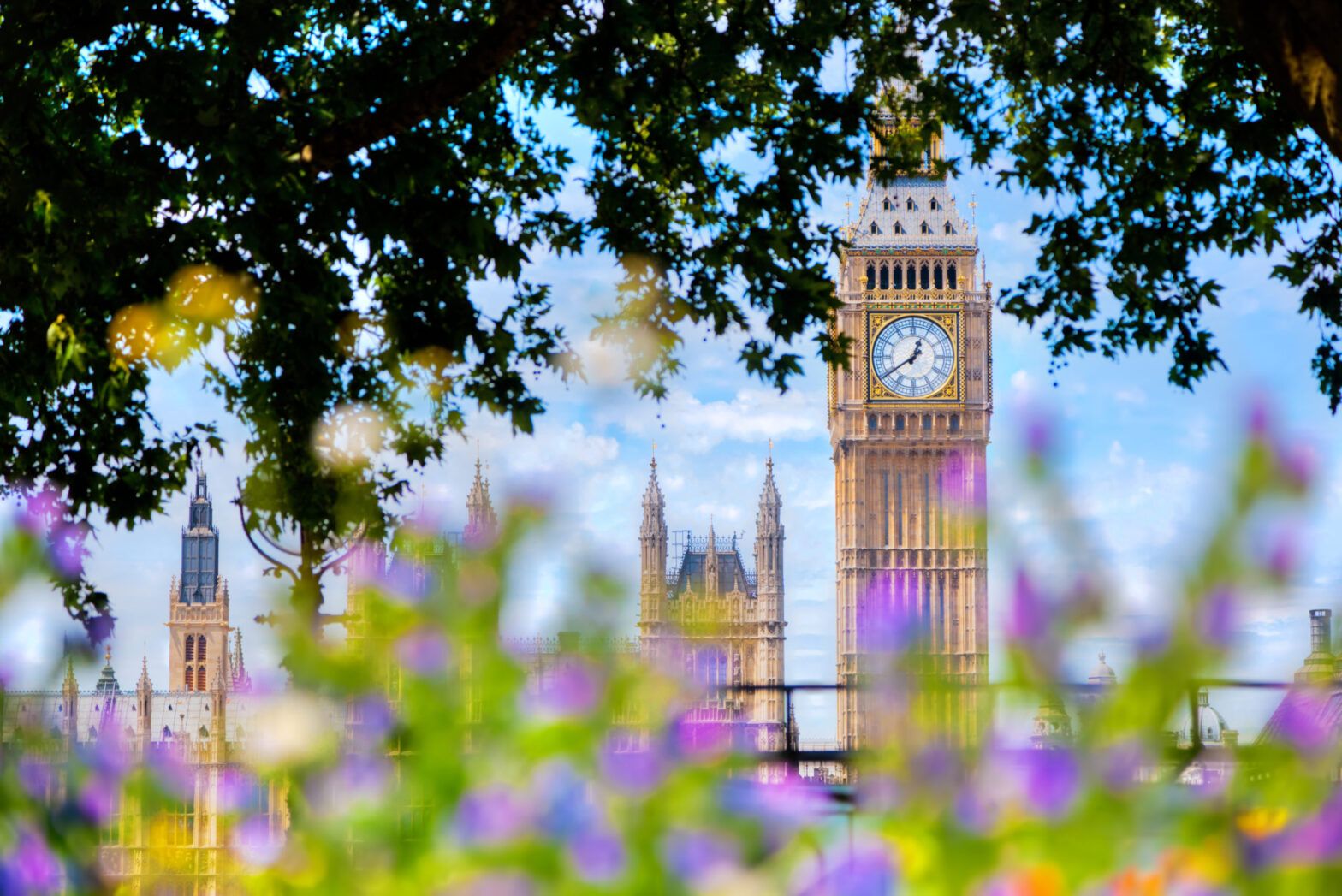The shuffling of priorities in the UK is quite clear to anyone who compares the recently published British Energy Security Strategy with the same government’s Energy White Paper of 2020.
The 2020 white paper, titled Powering our Net Zero Future, opens with a ministerial foreword highlighting the UK’s “world-leading net-zero target” and declaring “the UK is leading from the front in the transition to clean energy”.
Barely 15 months later, the tone has changed. The cover of the Energy Security Strategy features a night-time shot of Hinkley Point C in Somerset under construction, striking a more sombre note. Its strapline is “secure, clean and affordable British energy for the long term”. While there is still an emphasis on low-carbon energy, the prime minister’s foreword does not mention the net-zero target and instead focuses on the UK’s “energy independence”, arguing “we need a power supply that’s made in Britain, for Britain”.
Undeniably, the invasion of Ukraine has raised the profile of energy security as an issue we all need to worry about. The news that Russia has nearly doubled its revenues from selling fossil fuels to the EU during the war in Ukraine – a result of higher prices more than offsetting lower volumes – highlights the need to develop home-grown sources of energy.
Yet the climate crisis is not on hold. Investors in renewable energy infrastructure are concerned that the Energy Security Strategy does not do enough to scale up clean energy. “Our greatest fear is that the climate crisis will be the price we pay for energy security,” said Tom Williams, manager of Downing Renewables and Infrastructure. “What we do over the next decade will be critical to mitigating or averting a climate crisis, but unfortunately it seems that a short-term focus on the cost of living and energy security is driving much of the government’s energy strategy.”
See also: – UK energy strategy misses quick, clean fixes
There is also scepticism about the strategy’s tilt towards nuclear, due to the time it takes to get nuclear plants up and running, the cost, and the safety and environmental concerns. “To centre on growing 24GW worth of nuclear power, and therefore more power plants, is very optimistic given the density of our population and the ‘not in my backyard’ mentality,” said Ben Guest, manager of Gresham House Energy Storage Fund. “It is incorrect to market this as safe technology; the public will disagree.”
Perhaps the biggest frustration with the strategy is its failure to do more on energy efficiency. “Most of the public will be shocked to learn we waste two-thirds of the world’s energy,” says Jonathan Maxwell, manager of SDCL Energy Efficiency Income Trust. “We were surprised to learn that the government is not doing more to drive energy efficiency.” Better insulation, on-site energy generation using solar panels, and combined heat and power systems are solutions that Maxwell believes deserve greater government backing.
Opportunities
Clearly, there will continue to be attractive investment opportunities in renewable energy infrastructure, energy efficiency and battery storage. Investment companies have been leading the way in offering access to these opportunities to anyone who can buy shares on the stock market. Last year saw a record amount of new money raised by investment companies investing in green infrastructure (£3.4bn) and listed closed-ended funds are a proven way to drive private investment into this area.
Since fossil fuels can’t be turned off overnight, there will also be opportunities to invest in companies that can make them greener. Gervais Williams, manager of Miton UK MicroCap, has exposure to the energy sector and renewables as part of a diversified portfolio, and looks to minimise carbon intensity where possible. “Companies such as Kistos and IOG are making a valuable contribution to UK energy security by investing in domestically produced gas with low carbon intensity, for example by using remotely operated infrastructure and wind turbines to power operations,” said Williams.
Whether the UK’s energy strategy goes far enough, and whether climate priorities will continue to shift, remains to be seen.








